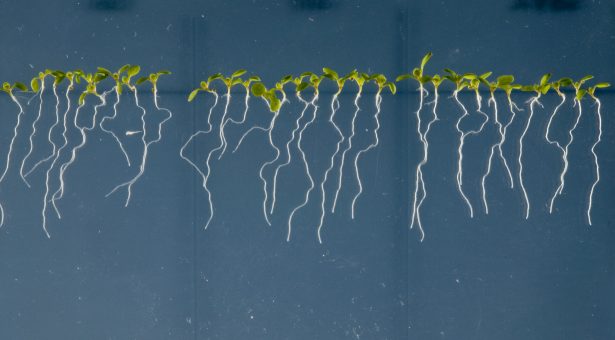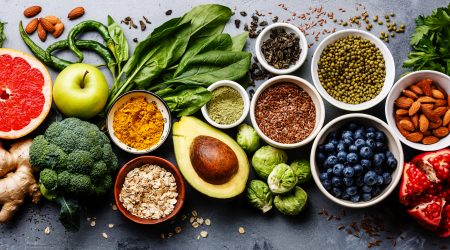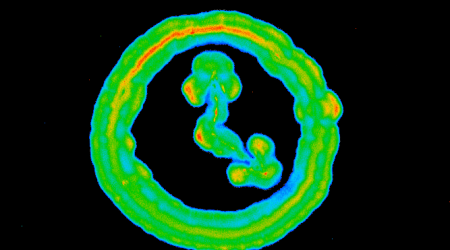A root map for growth

How a plant grows is influenced by nutrient transporter patterns on its roots.
Research published this week by Dr Verônica Grieneisen of the John Innes Centre and Dr Toru Fujiwara from the University of Tokyo challenges our current understanding of how plants absorb nutrients through their roots.
It has long been thought that nutrients travel through all parts of the root to all parts of the plant, where the roots behave much like simple sponges. However, this research shows that individual sections of the root have distinct roles in regard to nutrient uptake to ensure proper plant development.
The UK-Japan collaboration found there are complex flows of boron through the root due to the positioning and polarity of boron transporters on the root. They were able to model the location of these transporters as they occurred in the root, and could precisely predict concentrations of boron across the root of a live plant.
Computational modelling and live experiments of how plant roots transport the essential nutrient boron from soil to different tissues proved there is a complex pattern in nutrient distribution within the root which fed different parts of the plant.
This research also revealed a new and unexpected finding: boron uptake at the tip supports the continued growth of the root itself, while uptake in other sections of the root support the growth of the plant.
The team changed the expression of one of the transporters in the computer model to see how this affected plant growth and found the same changes predicted in the model occurred in the real plant.
This scientific approach can now be applied in future studies, as the results prove that it is possible to infer how changing transporter location can change nutrient distribution across the plant – giving us a better understanding of how the plant grows.
A deeper understanding of such maps of nutrient transporters across the root could lead to tailored breeding of plants to develop ones which absorb more or less of specific nutrients from the soil depending on the environmental conditions of a particular region of the world.



